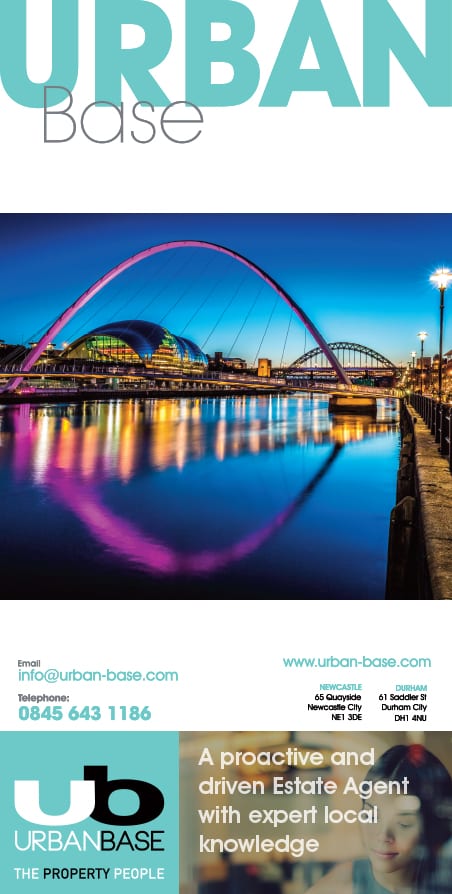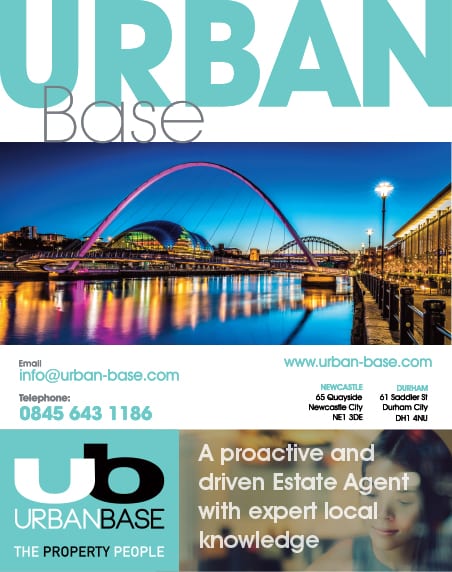BH Mortgages director, Lewis Chambers, shares his experts advice on what to look out for when searching for the cheapest' mortgage rates.
The mortgage market is currently a hive of activity as homeowners rush to take advantage of the current climate of cheap borrowing, with many remortgaging amid the threat of rising interest rates. Most lenders are currently offering ‘cheap’ rates to attract custom and compete against one another, however, with hidden fees and charges taken in to account, many of these deals are not what they seem.
When looking to remortgage, homeowners often make the mistake of chasing the lowest rate, but it’s important that they look beyond the initial and attractive promotions which the banks offer. If you are taking out short-term fixes and paying extra fees every two or three years, the total additional cost over a 25 year period could be significant. When lenders lead with low rates, they often come with high fees attached, and the initial quoted cost of getting a mortgage can end up a lot lower than the true cost. We are firm believers in the fact that borrowers should not be blinded by ‘cheap’ rates. Our recent research has shown that chasing the lowest mortgage rates could end up costing, on average, more than £600 extra than the real best value deals after costly fees and charges are considered. In one case the allegedly cheapest rate costs £650 more over the course of the two years – and some arrangement fees can be shockingly as much as £2,000. Taking out a new fixed-rate deal with arrangement fees every few years could massively increase the cost over the full term of a mortgage, which is why it is important to find a bespoke deal which is right for you.
Our comparisons have shown that even the nations biggest banks are promoting misleading deals which could confuse many homeowners and buyers.
Looking at two-year deals, which are by far the most popular type of mortgage, the offer which Barclays are promoting is the lowest rate is actually £649 more expensive than its best value deal, while for Santander the difference is £577. Royal Bank of Scotland had the smallest gap of £100, although the cheapest rate is still more expensive overall. Additionally, Nationwide’s lowest rate is £384 more expensive than its best value deal, Lloyds Bank’s is £331 and HSBC’s £299.
To add to that, if the bank rate rises to 1%, borrowers on variable rates could pay as much as £500 more every year – those looking to avoid the increases would do well to check the small print in their mortgage offer.
These clever promotional tricks are also used to fool popular online comparison tables, as the notionally cheapest rates appear at the top of the tables and don’t include the fees and extra costs added to each deal.
It is crucial that those who need to remortgage consider fixed rate mortgages before the bank rate rises. The current mortgage market is offering many combinations of rates and charges which create the best possible deal for each customer.


